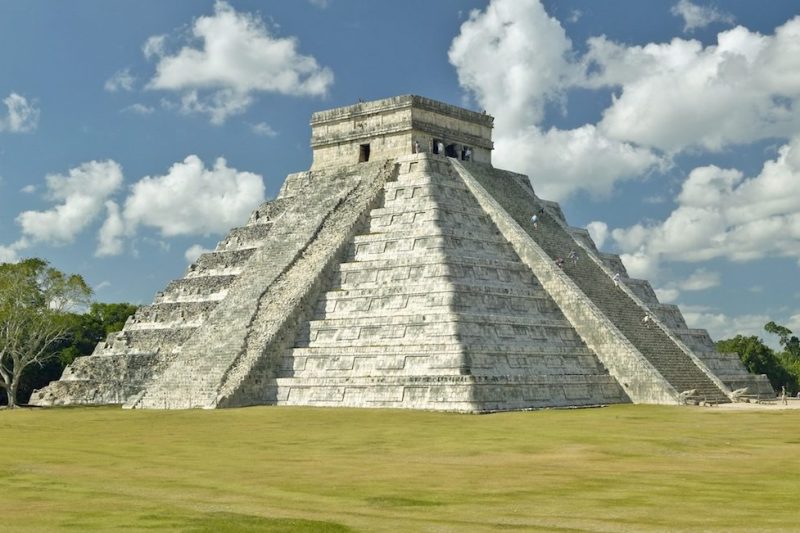
RealClearLife has previously explored the Maya Empire’s sudden emergence and mysterious disappearance. Quite simply, the Maya abruptly rose to power in southern Mexico and Central America and created amazing advances in architecture, agriculture, astronomy, and other areas before seeing their kingdom collapse and abandoning their cities. Recent discoveries have only deepened the mystery, as it appears this actually happened twice to the Maya, with falls occurring in both the second and ninth century A.D.
Now University of Arizona archaeologist Takeshi Inomata and his colleagues are offering new insight after over a decade of work at Ceibal in Guatemala. They generated the largest set of radiocarbon dates from a single Maya site. The result is a chronology of events unlike any we’ve previously possessed.
So what happened? It appears there was a pattern with both collapses. In each case, there wasn’t a single cause, but repeated waves of political crises, war, and general instability. The result was that one of the greatest civilizations of the Americas fell apart … and then roughly 700 hundred years later did again.
To learn more, click here. To acquire the full report from Proceedings of the National Academy of Sciences, click here.
—RealClearLife Staff
This article was featured in the InsideHook newsletter. Sign up now.






















